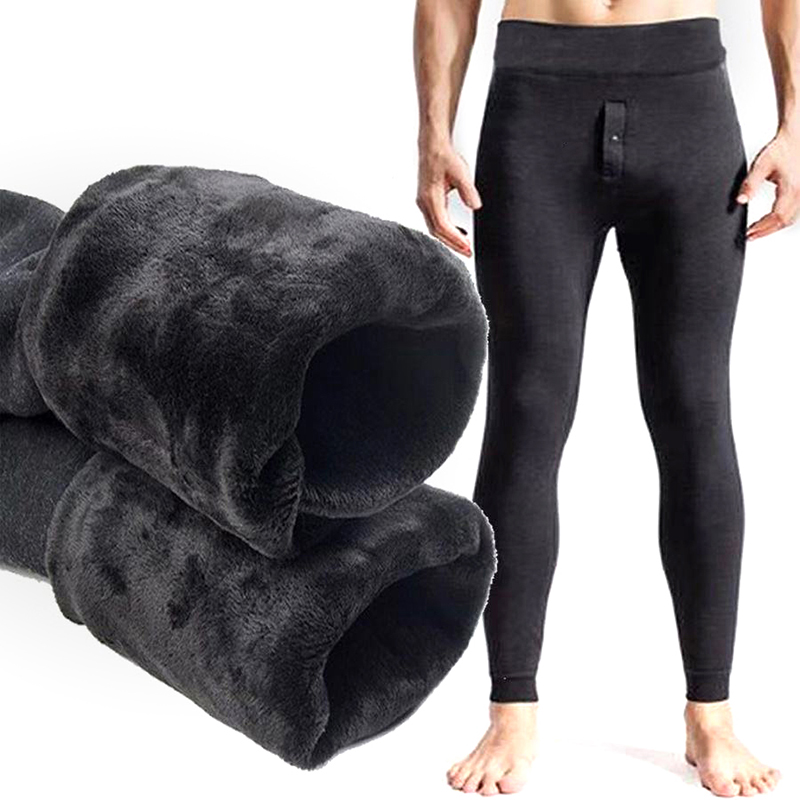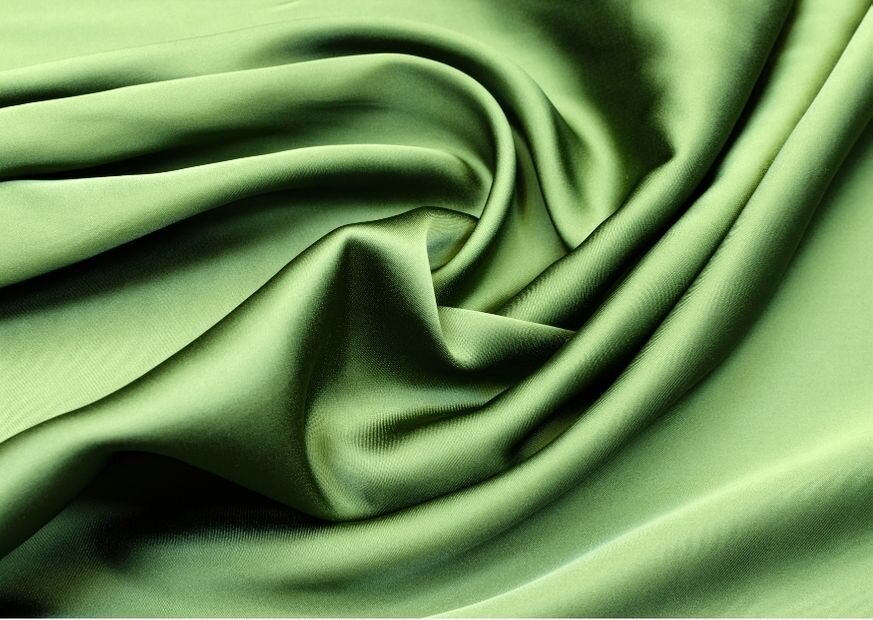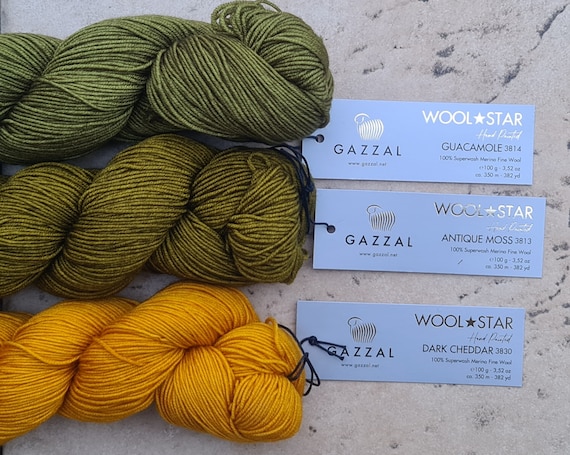High Rated Merino Wool Base Layers Info
Wiki Article
Why Is The Yak Merino Base Layer So Effective In Winter Sports Clothing?
The base layer of yak merino is perfect for winter sports apparel because it combines factors that improve temperatures, warmth as well as moisture management. It also provides comfort.
Insulating Properties Both merino as well as Yak wool are naturally insulating characteristics. Yak, with its hollow filaments, traps the air and creates exceptional warmth. Merino Wool is known for its superior insulation.
regulates body temperature - The combined fabric regulates the body's temperature, capturing heat when it is cold, while allowing air move through to ensure that you don't get too hot during intense activity.
Moisture Management-
Merino Wool's Moisture Wicking Properties draw moisture away from your skin and disperse, keeping sweat out. Yak wool helps move moisture as well, keeping users dry and comfortable while doing intense exercise.
Comfort-
Softness- Merino fibers are renowned for their soft, fine fibres that are gentler to the skin. The combination of soft fibers from yak, referred to as merino wool, improves the comfort.
Odor Resistance - Both types of wool have antimicrobial properties, which help to reduce the growth and spread of bacteria causing odors. This keeps the garment fresh.
Durability-
The strength and durability of Yak is a natural robust, can be combined with merino to create the fabric that is tough and tough. It's perfect for any sport.
Natural Fiber Benefits-
Renewability - Yak and merino wool are renewable, biodegradable fibers, which makes them environmentally friendly choices.
These wools possess a natural versatility that allows them to be used under a variety of weather conditions.
The combination of yak wool and merino maximizes the advantages of each material which results in a fabric which excels at providing warmth, regulating temperatures, managing moisture, offering comfort, and is also robust. Yak merino base layers are therefore ideal for winter sportswear as they are able to meet the demands of the outdoors and in cold conditions. They also keep the wearer dry and comfortable. Check out the recommended merino wool base layers hints for more examples including sitka base layers, lightweight merino wool base layer, cheap merino wool base layer, merino base layer cycling, best long underwear for skiing, best merino wool base layer, baselayer bottom, smartwool classic thermal merino quarter zip base layer top women's, wool long underwear, 100 merino wool base layer and more.

What Are The Benefits Of Bamboo Clothing As Outdoor Winter Wear In Terms Of Comfort, Durability And Protection?
Comfort, durability, and protection are all advantages of bamboo clothing to wear outdoors in winter.
Bamboo fabric is known for its softness and silky texture. It is a soft to the skin. Bamboo fabric is frequently compared in terms luxury to silk and cashmere.
Bamboo fibers possess moisture-wicking characteristics that help to remove moisture and help keep users dry and comfortable when they're engaged in physical exercise.
Thermal Regulation- Bamboo clothing has natural temperature-regulating properties, providing warmth in winter while remaining breathable to prevent overheating.
Sustainability-
Bamboo is renewable source of energy. It is able to grow rapidly and without pesticides or chemical fertilizers. It is rapidly regenerated, which makes it a sustainable choice for clothes materials.
Bamboo farming has less ecological impact than cotton cultivation. Bamboo does not reduce soil nutrition and needs less water. Bamboo also absorbs more air and releases more carbon dioxide than most species.
Protection for Outdoor Wear-
UV Protection Bamboo fabric due to its inherent UV-resistant properties, offers a natural protection from harmful UV-rays.
Bamboo has antibacterial characteristics. Bamboo contains "bamboo Kun," a natural agent that blocks the growth of the bacteria responsible for smells. This keeps clothing fresher for longer, especially when worn outdoors.
Other Benefits
Bamboo fibers can be durable and resistant to wear, making them ideal for outdoor clothing.
Bamboo is biodegradable, meaning it can break down in a natural manner at the end of its cycle, reducing environmental impact.
Bamboo fabric used in winter outdoor clothing offers many benefits, including thermal insulation, comfort. Sustainable and water management. Take a look at the top bamboo clothings for blog examples including bamboo t shirts ladies, bamboo sweatshirt, organic bamboo pajamas, bamboo sportswear, bamboo mens shirts, faceplant pajamas, bamboo fibre clothing, bamboo exercise clothing, bamboo sweater, bamboo sun hoody and more.

How Do Bamboo And Merino Clothing Compare To Wool With Regard To Texture, Warmth And Moisture Absorption?
In comparing wool traditional bamboo, merino, and wool clothing with regard to the warmth and absorption of moisture, the it is crucial to consider the texture.
Merino Wool Merino Wool is made of smaller fibers, and is more supple than traditional wool. It's also regarded as more comfortable to wear.
Bamboo Clothing Bamboo fabric has a silky, smooth texture. It is often compared with luxurious materials like cashmere or silk. Bamboo has a soft and soft texture, making it easy to wear.
Traditional Wool Traditional wool's texture could be different. Some varieties are more coarse, and may cause more itchiness than bamboo or merino clothing.
Warmth-
MerinoThe Merino Merino is a warm and comfortable material due to its insulation capabilities. Even when damp it holds warmth and offers excellent insulation in cold winter conditions.
Bamboo Clothing- Bamboo clothing also offers warmth, but it isn't able to provide the same degree of insulation like merino wool. But, it manages the body temperature effectively, ensuring comfortable conditions in all kinds of weather.
Traditional Wool- Much like the wool of merino, traditional wool provides warmth and insulation. It may feel more bulky and heavier than bamboo or merino wool clothing.
Moisture Absorption-
Merino Wool - Merino Wool is a great water-wicking properties, allowing moisture to be drawn away from your skin to evaporate. It stays warm even when it is damp.
Bamboo Clothing - Bamboo fabric has moisture-wicking properties that allow it to draw moisture away from your skin and offer the comfort you need when exercising. It regulates humidity well and helps keep the wearer dry.
Traditional Wool: Although wool absorbs moisture however, it does not have the same wicking ability like bamboo and merino fabrics. Wool can be dry and heavy when wet.
Summary, merino is a reputation for softness, warmth and effective moisture wicking. Bamboo clothing provides a silky smooth texture with adequate moisture and warmth. The texture of traditional wool clothes can vary and it can provide warmth or moisture absorption. However, it may be heavier than merino or Bamboo clothing. Each type of material has distinct properties that cater to different preferences and requirements in clothing. Follow the recommended merino winter clothing blog for website recommendations including merino wool long underwear mens, ski base layer pants, smartwool merino base layer, merino wool base layer sale, smartwool merino 250, wool undershirts, merino wool long underwear mens, merino undershirt, minus 33 base layer, best merino wool base layer and more.
